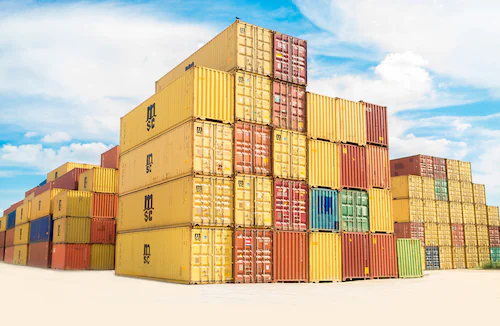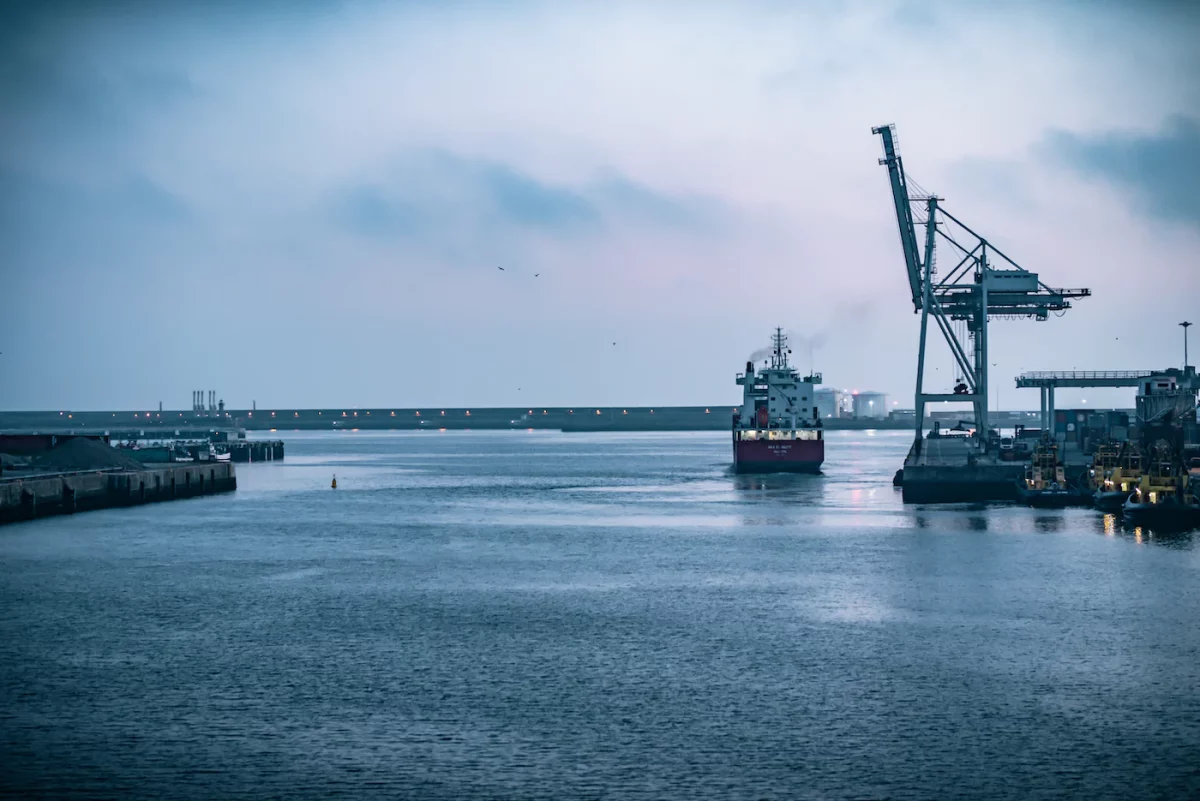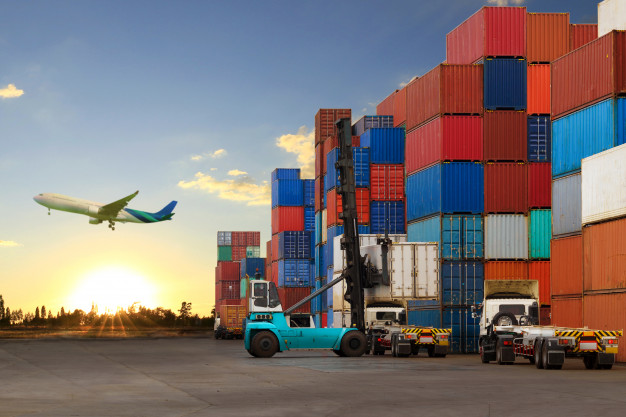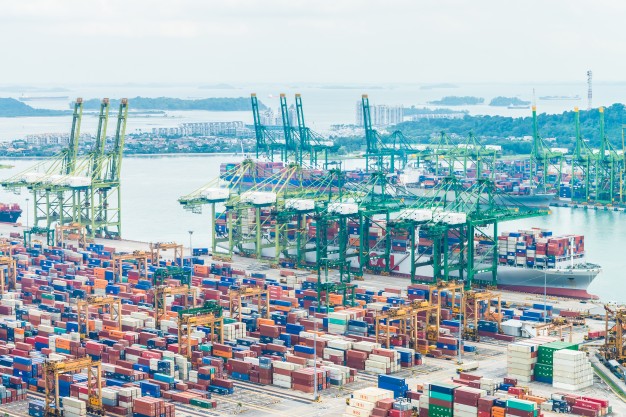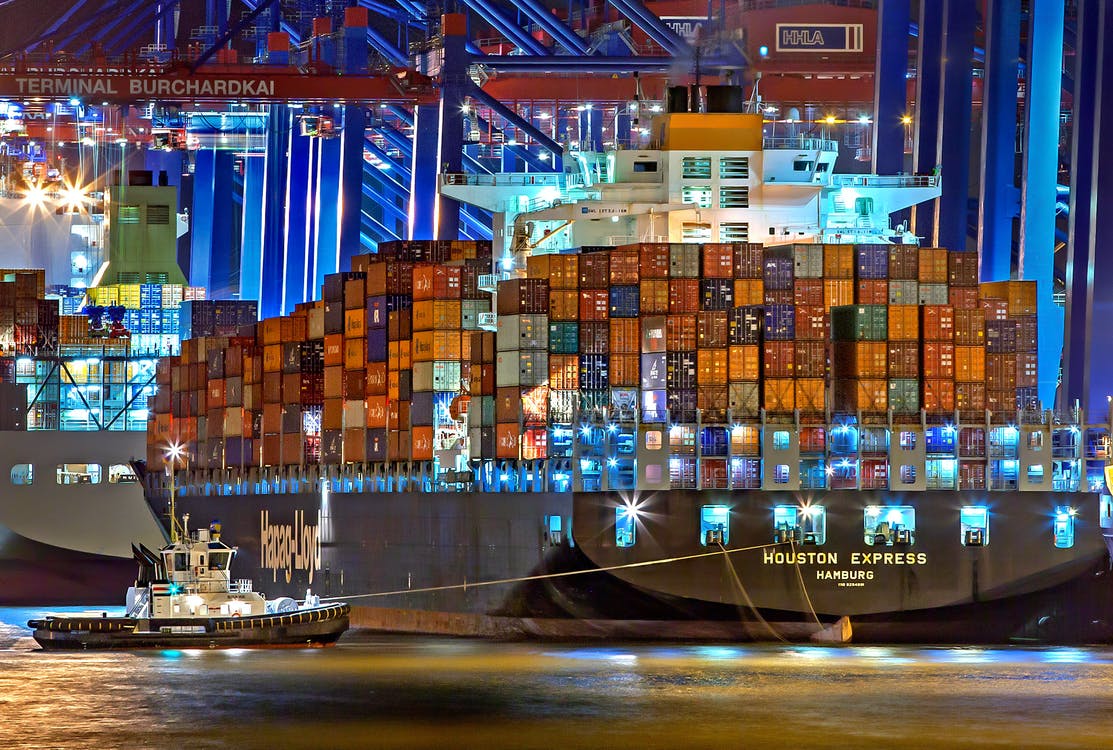10 Shipping Tips for Small Businesses
Shipping is a crucial aspect of any small business that deals in physical products. This is regardless of whether you’re sending a batch of handcrafted furniture to a boutique overseas or delivering custom tiles to a residential project across town. When you better understand the nuances of shipping, it can save you time, money, and stress.
Streamline your business and learn the 10 essential shipping tips for small businesses, particularly those catering to homeowners and builders worldwide.

Shipping tips for small businesses
For many businesses whose services may revolve around small products and documents, timely delivery ensures customer satisfaction and business success. Reasons such as these often highlight the complex shipping industry whose logistics requires strategic planning and reliable partners. Small businesses need to learn key considerations and strategies for their businesses and in shipping their goods effectively.
1. Understand Your Shipping Needs
The best way to start your shipping business first starts with assessing your shipping needs. Are your products fragile? Do they require special conditions like temperature control? Understanding these needs will help you choose the right carrier and packaging, ensuring that your goods arrive in top condition.
2. Choose the Right Packaging
The right packaging does more than protect your product—it can also reduce shipping costs. Invest in quality materials and consider custom-sized boxes to avoid paying for extra weight or space. For fragile items, ample padding is non-negotiable. Remember, the first impression matters when your product reaches your customer’s doorstep.
3. Leverage Technology
Use technology to streamline your shipping process. Many software solutions can help you manage orders, track shipments, and update customers in real-time. This not only improves efficiency but also enhances customer satisfaction with up-to-date information at their fingertips.
4. Know the Regulations
Shipping across borders? Build a shipping strategy. Make sure you understand the customs regulations of both the sending and receiving countries. Non-compliance can result in delays, fines, or even seized shipments. Always include the necessary documentation and consider consulting a customs expert if you frequently ship internationally.
5. Optimize for Cost-Effective Shipping
Explore different carriers and compare their rates and services. Don’t just stick to one—sometimes, a mix of carriers can offer the best bang for your buck depending on the destination and speed required. Also, consider offering free shipping thresholds to increase customer orders while managing costs effectively.
6. Build Strong Relationships with Carriers
Good relationships with your logistics providers can lead to better rates, priority services, and inside information on the best shipping practices. Regularly meet with your carriers, understand their challenges, and work together to find solutions that benefit both parties.
7. Plan for Peak Seasons
For businesses involved in construction and home improvement, peak seasons can mean a surge in demand. Prepare for these times with adequate stock, extra packaging materials, and perhaps even temporary additional help to manage orders. Advance planning prevents last-minute chaos and shipping delays.
8. Consider Insurance
Shipping insurance might seem like an unnecessary expense, but it can be a lifesaver for high-value products. Determine the cost-benefit ratio of insuring your goods, especially for international shipments that are more prone to risks.
9. Focus on Customer Service
Shipping is a part of your customer service. Transparent communication about shipping times, costs, and policies can help set realistic expectations. Also, be ready to handle shipping issues swiftly—how you manage problems can significantly impact your business reputation.
10. Regularly Review and Adjust
Shipping is not a set-it-and-forget-it part of your business. Regularly review your processes, carrier performance, and customer feedback. Stay flexible and ready to adjust to new challenges, whether they’re changes in shipping regulations or shifts in customer preferences.
By implementing these shipping tips, small businesses can improve their operations and customer satisfaction simultaneously. Whatever your business niche be, a local artisan or a small enterprise aiming to expand internationally, effective shipping strategies are key to success.
Learn more by reading these related article:



